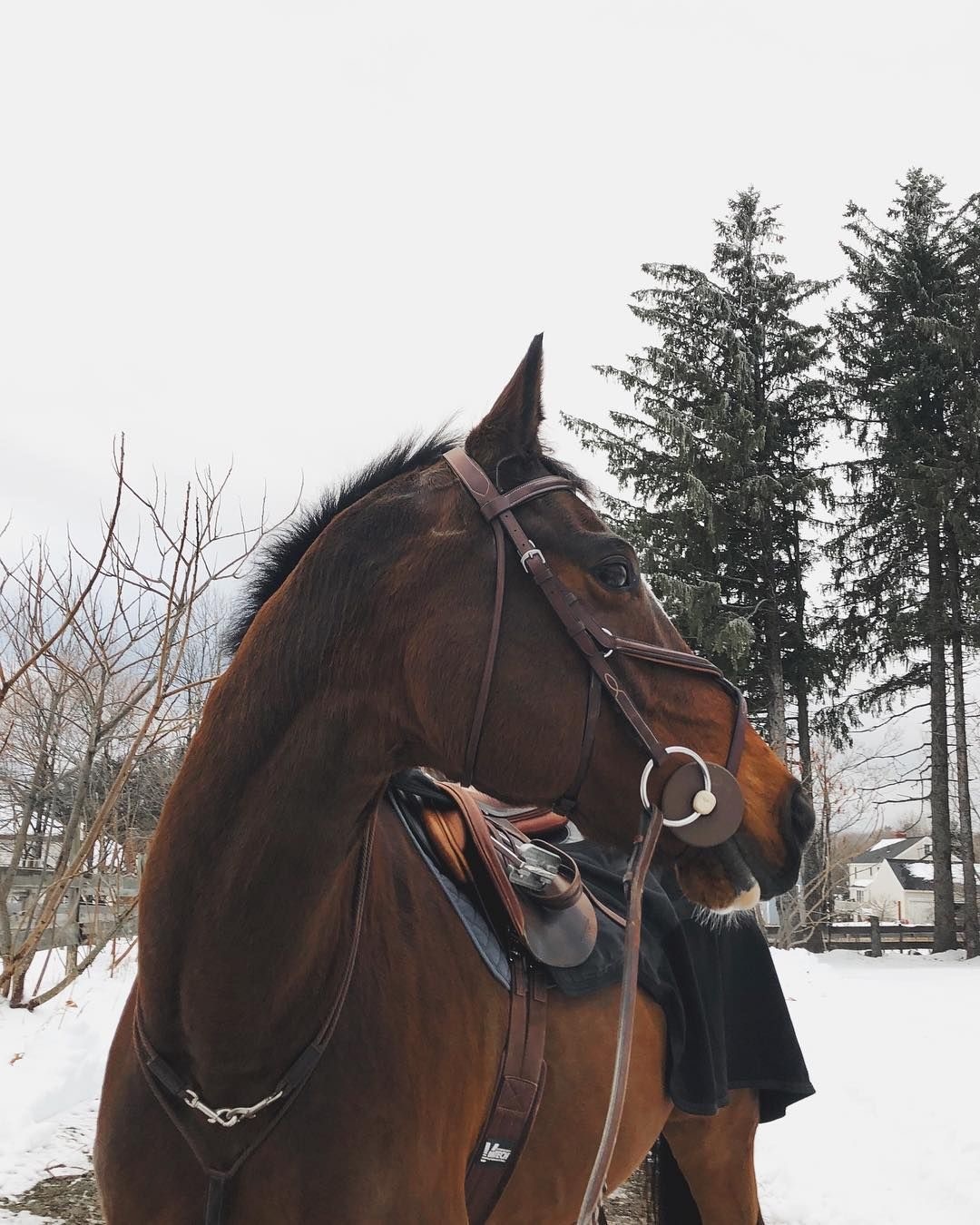Winterizing Your Horse: A Comprehensive Guide for Optimal Well-being
- Posted on
- By Lydia Harouna
- Posted in Anytime Tack, Horse, winter
- 0

Ensure your horse thrives in winter: hoof care, coat maintenance, increased hay, access to water, windbreaks, shelter, regular exercise, health check-ups, and a winter emergency kit. Tailor care to your horse's unique needs for a comfortable and resilient winter experience.
As winter approaches, the well-being of our equine companions becomes a top priority. To ensure your horse stays healthy and comfortable during the colder months, let's delve into a detailed guide covering everything from hoof care to emergency preparedness.
1. Hoof Care and Shoes:
Before the winter chill sets in, schedule a thorough hoof trimming session with your farrier. Discuss the possibility of removing shoes if your horse can go barefoot comfortably. For those requiring shoes, explore winter traction options such as snow pads or studs to enhance stability in slippery conditions.
2. Coat Care:
- Natural Coat Growth: Allow your horse's winter coat to flourish. This natural insulation is vital for warmth. If your horse is clipped or struggles to maintain weight, judicious use of blankets can provide additional protection.
- Regular Grooming: Even with a thicker coat, regular grooming remains essential. Clear away dirt and loose hair to prevent matting and promote a healthy coat.
3. Nutrition:
- Increased Hay: Cold weather demands extra energy for warmth. Increase hay intake to provide the additional calories necessary for temperature regulation.
- Access to Water: Ensure access to unfrozen water. Horses may consume more water in colder weather, so consistent availability is crucial for their well-being.
4. Shelter
- Windbreaks: If your horse spends time outdoors, establish windbreaks with natural features or man-made barriers. This shields them from harsh winter winds.
- Shelter: A well-designed shelter offers respite from extreme weather conditions. Evaluate your horse's living space to guarantee adequate protection.
5. Exercise:
- Regular Exercise: Maintain regular exercise routines. Movement aids in overall health and prevents stiffness, particularly important during colder months.
6. Health Check:
- Veterinary Check-ups: Schedule a pre-winter veterinary check-up. Address any health concerns and ensure vaccinations are up to date. Proactive care contributes to a healthier winter experience.
7. Winter Emergency Kit:
- Emergency Supplies: Create a comprehensive emergency kit. Include extra blankets, an equine first aid kit, and necessary medications. Being prepared for unexpected situations is paramount to your horse's well-being.
Remember, every horse is unique, and individual needs may vary. Consistent monitoring and adjustments will ensure your horse thrives throughout the winter months, experiencing the season with comfort and resilience.

Comments
Be the first to comment...